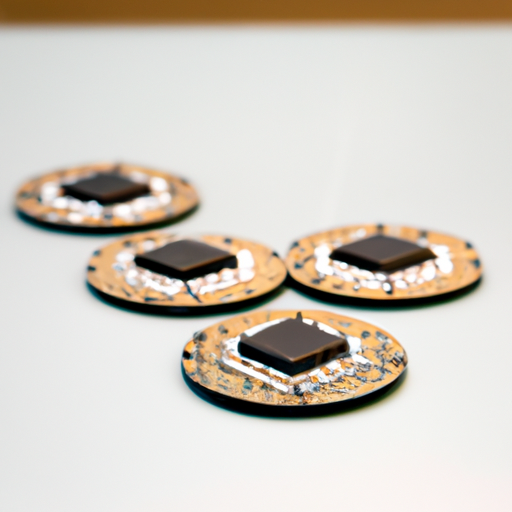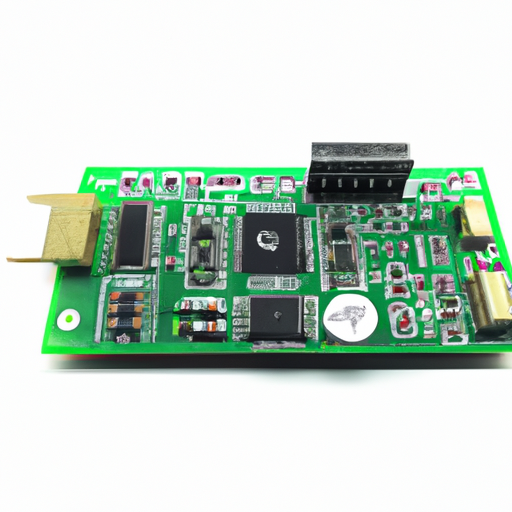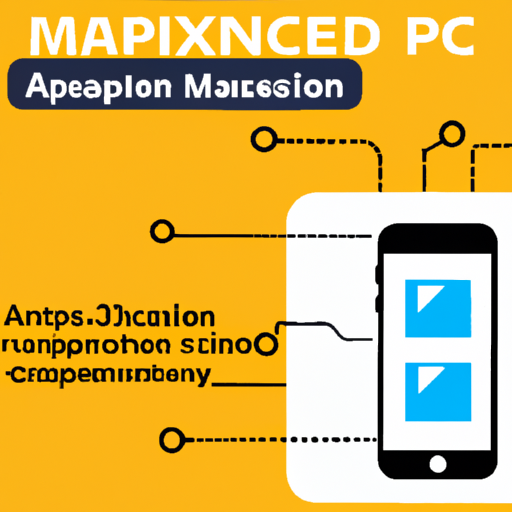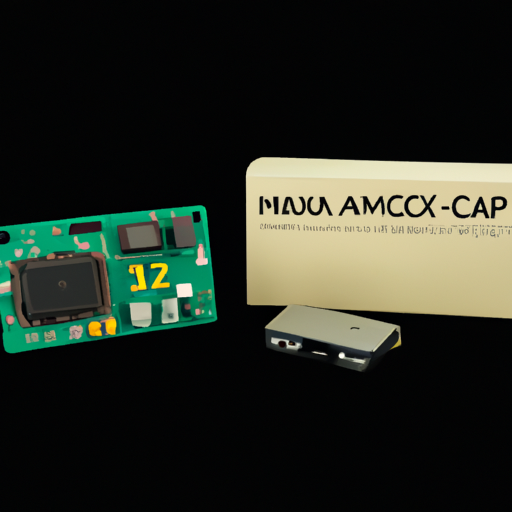MAX186DCPP Encoders, Decoders, Converters highlighting the core functional technology articles and application development cases of Encoders, Decoders, Converters that are effective.
author
Time 2025-09-13 14:26:08
0
Core Functional Technologies of Encoders, Decoders, and Converters
1. Encoders
- **Definition**: Encoders are devices that convert information from one format to another, often for the purpose of standardization, speed, or compression.
- **Types**:
- **Rotary Encoders**: Measure the angular position of a rotating shaft, commonly used in motors and robotics.
- **Linear Encoders**: Measure linear displacement, often used in CNC machines and 3D printers.
- **Digital Encoders**: Convert analog signals into digital signals, facilitating digital processing.
- **Applications**: Robotics (position feedback), industrial automation (motor control), consumer electronics (input devices).
2. Decoders
- **Definition**: Decoders perform the reverse function of encoders, converting encoded data back into its original format.
- **Types**:
- **Binary Decoders**: Convert binary input into a specific output, often used in digital circuits.
- **Demodulators**: Retrieve original signals from modulated carriers, essential in communication systems.
- **Applications**: Communication systems (data retrieval), multimedia applications (video/audio decoding), and digital electronics.
3. Converters
- **Definition**: Converters change signals from one form to another, such as converting analog signals to digital (ADC) or digital signals to analog (DAC).
- **Types**:
- **Analog-to-Digital Converters (ADC)**: Convert continuous analog signals into discrete digital data.
- **Digital-to-Analog Converters (DAC)**: Convert digital data back into continuous analog signals.
- **Applications**: Audio processing (music playback), sensor data acquisition (environmental monitoring), and signal processing (communications).
Application Development Cases
1. Industrial Automation
- **Use Case**: In a manufacturing setup, rotary encoders track the position of motors and actuators. The analog signals from sensors are converted to digital data using ADCs like the MAX186DCPP for processing by a microcontroller.
- **Outcome**: Enhanced precision in automation tasks, leading to increased efficiency and reduced operational downtime.
2. Consumer Electronics
- **Use Case**: In audio devices, DACs convert digital audio signals into analog signals for amplification and playback through speakers. The MAX186DCPP can be utilized in high-resolution audio processing applications.
- **Outcome**: Improved audio quality and user experience in devices such as smartphones, tablets, and home theater systems.
3. Medical Devices
- **Use Case**: In medical imaging systems, ADCs are essential for converting analog signals from sensors (e.g., ultrasound transducers) into digital data for image processing. The MAX186DCPP can be integrated into these systems to ensure accurate data conversion.
- **Outcome**: Enhanced diagnostic capabilities and patient outcomes through high-quality imaging.
4. Telecommunications
- **Use Case**: In communication systems, decoders retrieve original data from encoded signals. For instance, in digital TV broadcasting, video and audio signals are encoded for transmission and decoded at the receiver end.
- **Outcome**: Reliable transmission of high-quality audio and video content over various media.
5. Robotics
- **Use Case**: In robotic systems, encoders provide feedback on the position and speed of motors. This data is processed using ADCs to ensure precise control of robotic movements.
- **Outcome**: Improved performance and accuracy in robotic applications, such as automated assembly lines or robotic arms.
Conclusion
Encoders, decoders, and converters are integral components in modern electronics and communication systems. The MAX186DCPP, as an ADC, exemplifies the critical role of accurate data conversion across various applications, from industrial automation to consumer electronics. Understanding these core technologies and their applications can lead to innovative solutions and enhanced system performance across multiple industries. By leveraging these technologies, engineers and developers can create more efficient, reliable, and high-quality products that meet the demands of today's fast-paced technological landscape.












